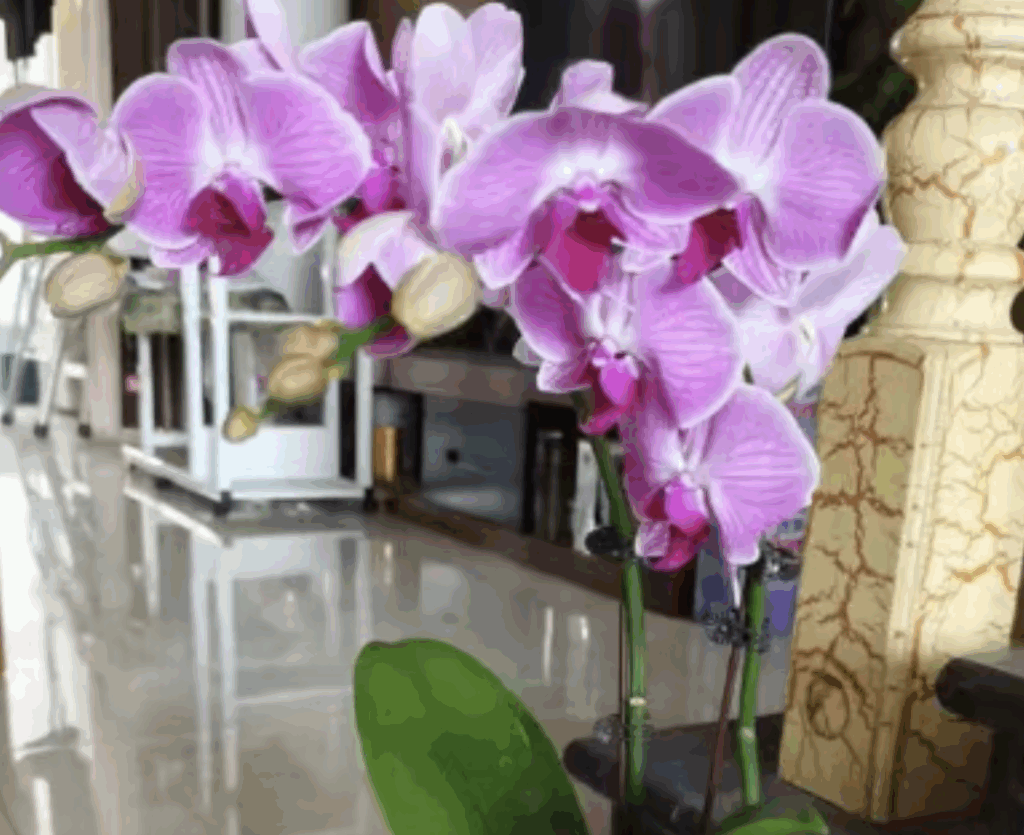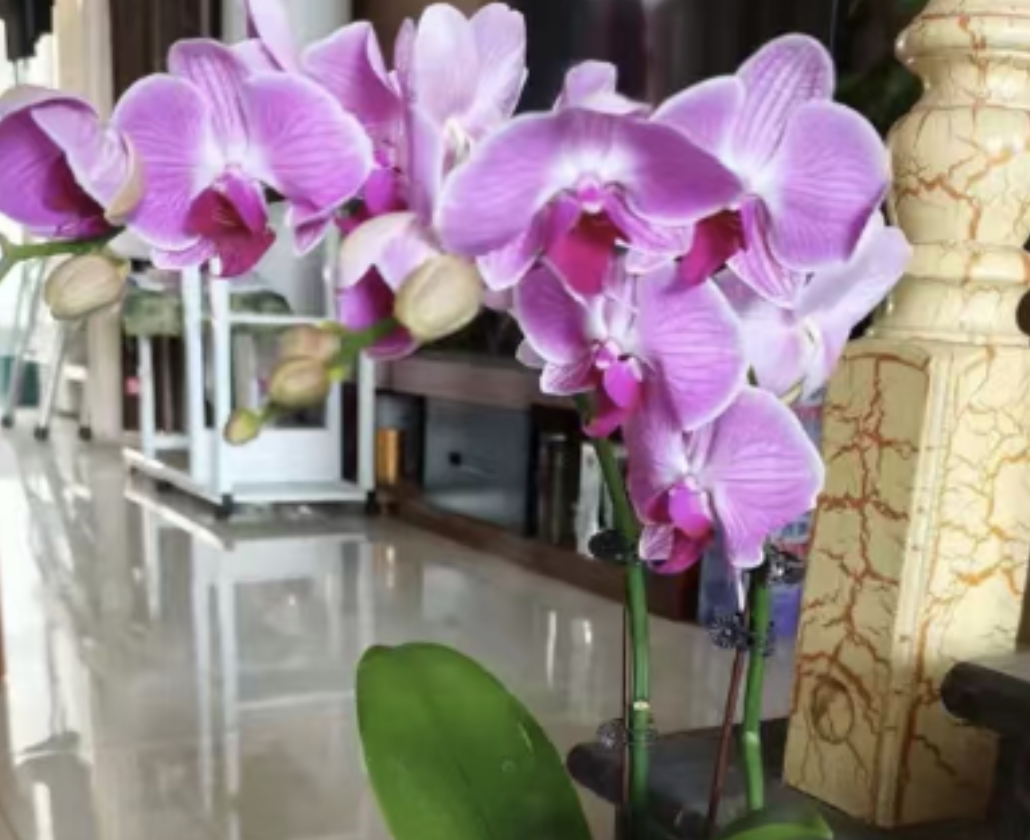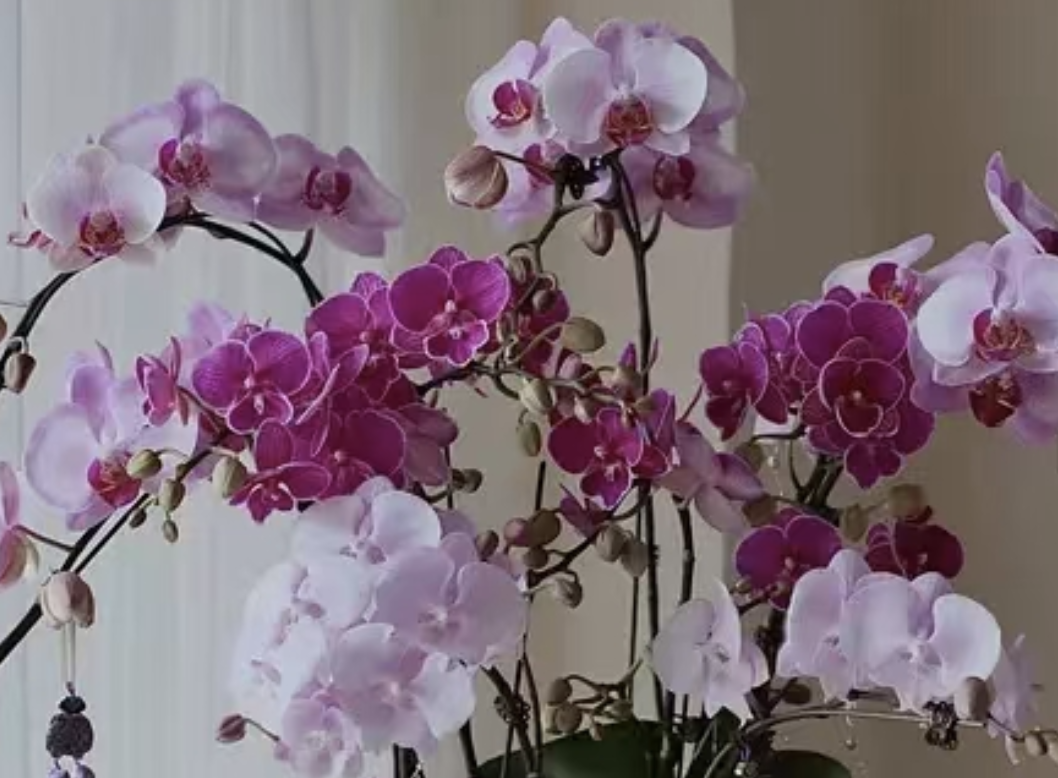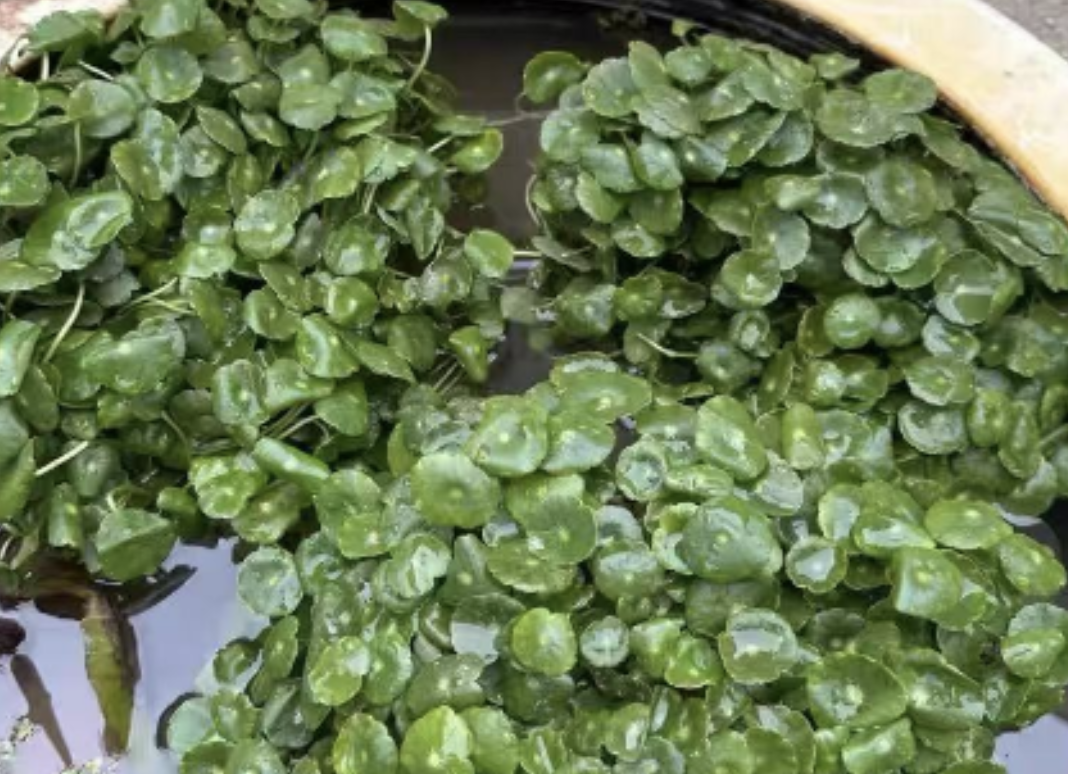Although hydroponic plants are refreshing to care for, some varieties are naturally prone to attracting pests, with little bugs often appearing in the water. The whole point of growing hydroponic plants is to keep things clean and hassle-free, but if pests like tiny nematodes or mosquito larvae start floating around in the water, it can be quite unpleasant.
If pests appear in your hydroponic plants, don't panic—it can be solved with a few simple steps. First, drain all the water and rinse the roots thoroughly with clean water. Be sure to scrub the inside of the container as well, especially any slimy buildup, which serves as a perfect breeding ground for pests.

If you're dealing with mosquito larvae, after changing the water, drop a few drops of eucalyptus oil, and the pests will disappear instantly. For red worms (nematodes), avoid using rice water or other nutrient-rich solutions. Stick to clean water and trim any old roots. After a few days, it should be pest-free.
In summer, remember to change the water every 3-5 days and avoid overfilling the container—leave some space for air circulation. If you're looking for an even easier solution, add a couple of small guppies. They'll eat the bugs and also serve as a lovely addition to your setup, making maintenance super simple.
Pennywort: First on the list is pennywort. This plant grows like crazy in soil, and while it looks lush and green in hydroponics, its roots tend to become dense and tangled, almost like a mass of knots. When the water isn’t moving, this can lead to the build-up of sticky substances, which in turn attract pests like red worms and water fleas. Sometimes, you can even see mosquito larvae wriggling around in the water. Pennywort is also quite fertile, and when people add fish food or rice water as fertilizer, the nutrients aren’t fully absorbed by the plant and end up feeding the pests instead, causing the water to become overrun with bugs in just a few days.
Water Bamboo (Syngonium): Next is the water bamboo, which looks great in hydroponics with its shiny, large leaves. However, it has a lot of root issues. Its thick, fleshy roots tend to shed old skin over time. These shed root skins accumulate at the bottom of the water, gradually rotting and creating a sticky mess that becomes a breeding ground for pests. When the weather is hot, if you don't change the water on time, you'll find tiny white bugs swimming in the water with a fishy smell. Even worse, the roots secrete a sticky substance that adheres to the sides of the container, making it hard to clean. Over time, the eggs of the pests get trapped in this goo, making it nearly impossible to remove them.
Anthurium: Hydroponic anthuriums have delicate roots that shed fine white root hairs. These small root hairs quickly rot and decompose in the water. If the water is not changed regularly in the summer, it leads to an explosion of tiny nematodes, which can be quite unsettling. Additionally, when the flowers of the anthurium wilt, the petals fall into the hydroponic container, decaying quickly and providing another breeding ground for pests. Often, before you even notice, the water will be full of little bugs.
Water Lilies: Finally, water lilies, though technically not a hydroponic plant, are commonly grown in shallow containers at home, making them susceptible to pests as well. Their leaves float on the surface of the water, blocking sunlight and creating a damp, dark environment ideal for mosquitoes to lay eggs. If you forget to tend to the plant for just a couple of days, mosquito larvae will begin to appear, swimming around beneath the leaves. Once they mature into mosquitoes, your home will become even livelier. Moreover, the rhizomes of water lilies secrete a sticky substance at the bottom of the water, and when leaves accumulate, the number of pests only increases.
The reason these plants attract pests is primarily due to their roots' tendency to rot, the excess secretion of substances, or the deeper water levels that make it difficult to maintain water quality. For beginners, it’s better to avoid these pest-prone plants. If you're still determined to try them, wait until you understand their needs and temperament better, to avoid becoming discouraged by pests.




Leave a Reply